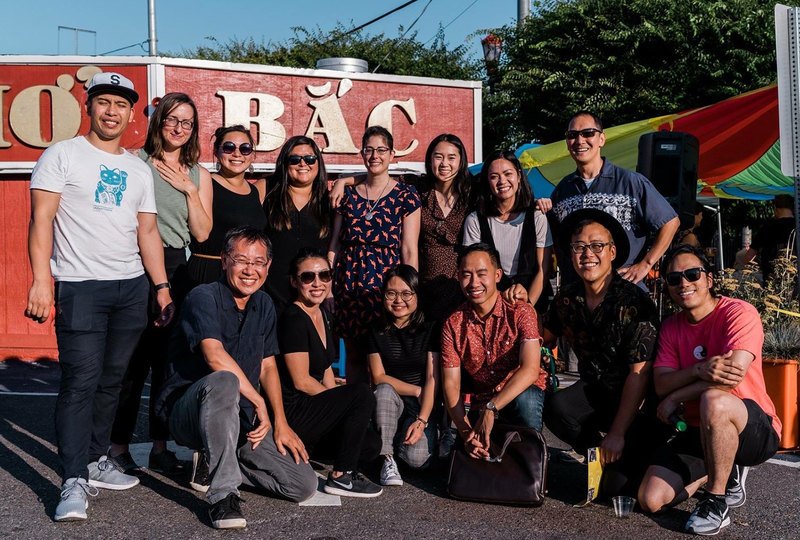Posted on October 15, 2018
Post categories: Faculty In the Media Landscape Architecture

What drew you to landscape architecture?
I would say education and a trip to a far-flung place.
Like many in the field, my professional education was first in architecture. As an undergraduate at Cooper Union and like the instructors who taught us (including A.E. Bye), we aspired to be nonconformists, to challenge the established norms and status quo, to take a radical stand on design and the profession. In retrospect, switching to landscape architecture was perhaps my way of being radical.
More directly, when I finished my fourth year at Cooper, I had a chance to visit Pongso-no-Ta’u, a small volcanic island southeast of Taiwan. The indigenous tribe on the island still retained two of their traditional, pre-modern settlements. Built on a complex, sculpted, terraced landform, the settlements provide protection from fierce winter wind while allowing for drainage, privacy, and other social functions. The experience was eye-opening and made me see the built environment beyond the lens of architecture. It drew me to landscape.
I went on to develop a design thesis on the disappearance of architectural sites in my final year at Cooper, worked on several projects in rural Taiwan after graduation, then returned to the States for my MLA study at Penn where Ian McHarg was in his last years of teaching ecological planning studio. What I learned at Penn opened another world for me. It enabled me to see landscape as dynamic systems and processes.
My interest in social issues then brought me to Berkeley, where I took classes in anthropology, planning, and participation. Working with Randy Hester, I got involved in environmental activism (to protect coastal wetland habitats in Taiwan) and learned that landscape architects could be agents of social change. My career path would have been very different had I not studied at Cooper or traveled to Pongo-no-Ta’u 30 years ago.
What is driving you professionally right now?
My professional and scholarly work has been driven by my interest in issues of social and environmental justice. The relationship between landscape architecture and social and environmental justice is twofold. On one hand, the environmental challenges that we face today are in essence social, political, and cultural. They require us to look beyond technical and rationalistic solutions. On the other hand, the impact of social and environmental catastrophes tend to weigh heavier in socially and economically disadvantaged communities than those that are more privileged. I see it as our ethical and professional responsibility to address the deep social and economic divides in our society as we deal with the impacts of climate change, access to clean water, air, and food, and other issues of equity and justice in the environment.
In addition to these issues, I am also interested in the agency of ordinary people in transforming and shaping the built environment. This stems from my earlier collaborative research on community gardening in Seattle in which we learned about the profound, collective efforts of individuals and communities in transforming not only sites in the neighborhood but also city decisions regarding parks, green space, and food policy. I carried this focus into my later work looking at public space and placemaking, including Insurgent Public Space (2010) and Transcultural Cities (2013).
Historically, landscape architecture has been viewed as a domain of professionals which dismisses the agency of citizens and communities despite the rhetoric of participation and engagement. By discounting the agency of the public, we lose our biggest ally in shaping the built environment. In my teaching, research, and practice, I try to focus on a model of co-production and co-creation that challenges the established paradigm and bias.
Read the whole interview on lafoundation.org >
LAF’s Perspectives interview series showcases landscape architects from diverse backgrounds discussing how they came to the profession and where they see it heading.